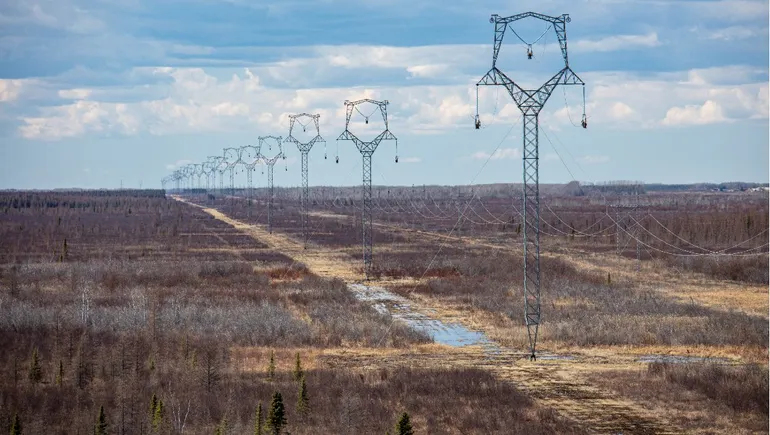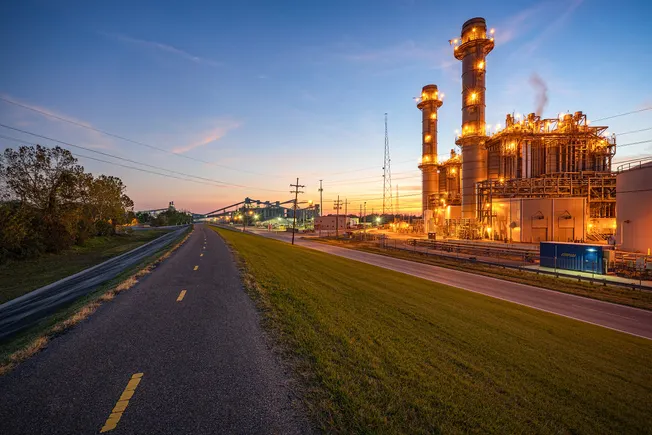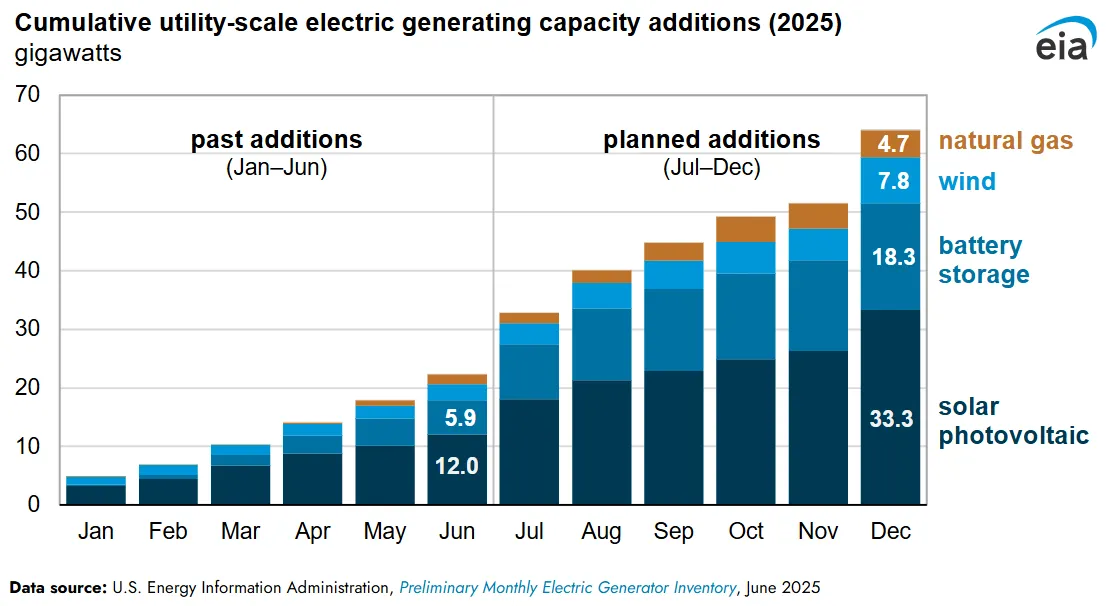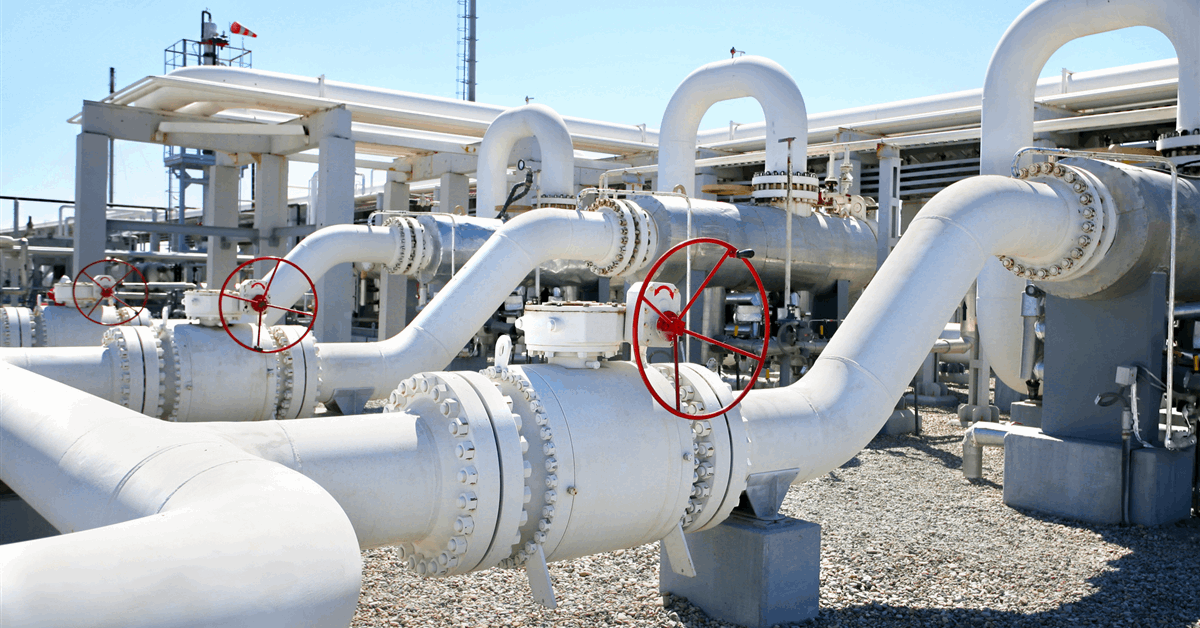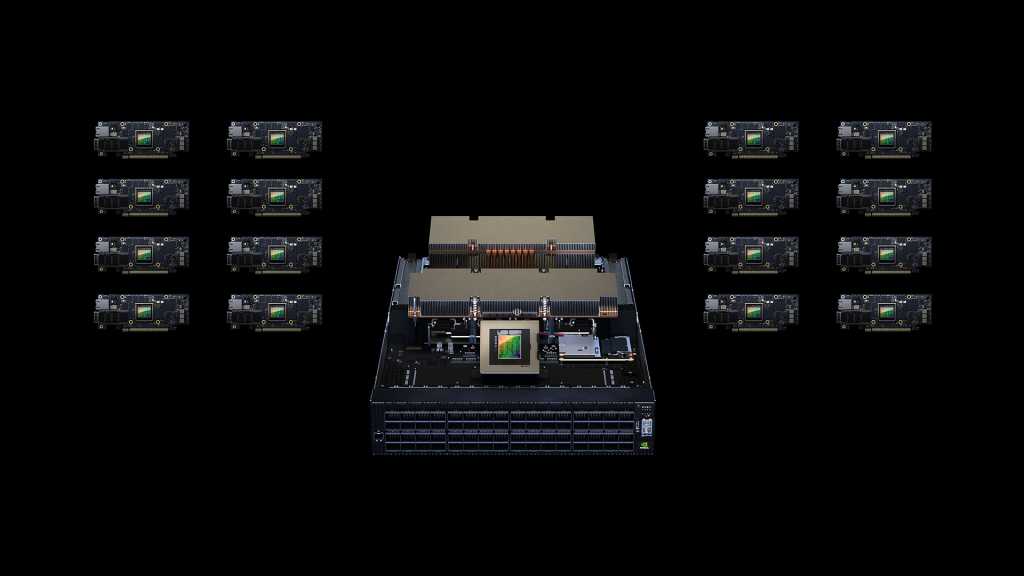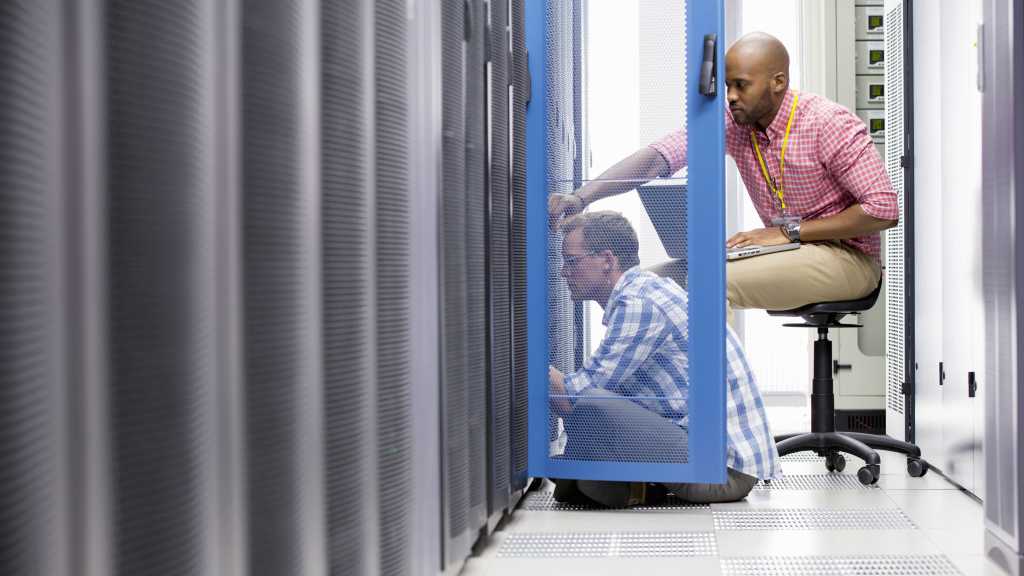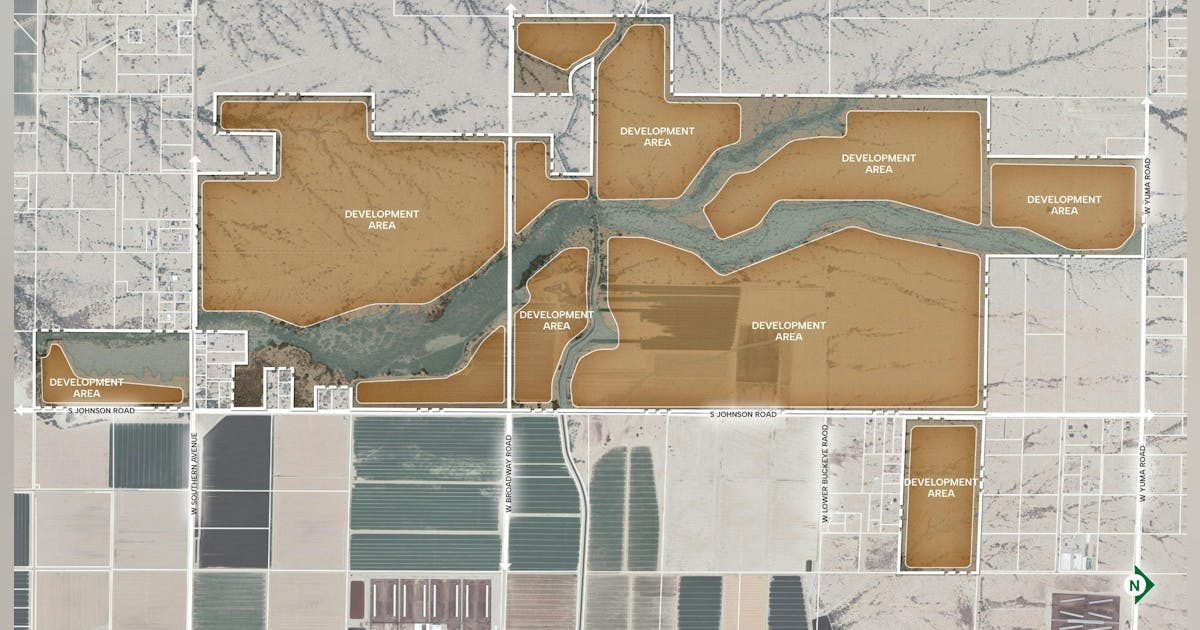
There is an increasing risk that OPEC+ will unwind the last 1.65 million barrels per day of cuts when they meet on September 7, Bjarne Schieldrop, Chief Commodities Analyst at Skandinaviska Enskilda Banken AB (SEB), said in an oil report sent to Rigzone by the SEB team on Monday.
In the report, Schieldrop outlined that the oil market “shows pockets of strength blinking here and there” and warned that “this clearly increases the chance that OPEC+ decides to unwind the remaining 1.65 million barrels per day of voluntary cuts when they meet on 7 September to discuss production in October”. Schieldrop added in the report, however, that the group may split the unwind over two or three months.
“After that the group can start again with a clean slate and discuss OPEC+ wide cuts rather than voluntary cuts by a sub-group,” Shieldrop said in the report.
“That paves the way for OPEC+ wide cuts into Q1-26 where a large surplus is projected unless the group kicks in with cuts,” he added.
In the report, Schieldrop highlighted “quite a few pockets of strength” in the market.
“The front-end of the crude oil curves are still in backwardation,” he said in the report.
“High sulfur fuel oil in ARA has weakened from parity with Brent crude in May but is still only trading at a discount of $5.6 per barrel to Brent versus a more normal discount of $10 per barrel. ARA middle distillates are trading at a premium of $25 per barrel versus Brent crude versus a more normal $15-20 per barrel,” he added.
“U.S. crude stocks are at the lowest seasonal level since 2018. And lastly, the Dubai sour crude marker is trading a premium to Brent crude (light sweet crude in Europe), as highlighted by Bloomberg this morning [Monday],” he went on to state, noting that Dubai is normally at a discount to Brent.
“With more medium sour crude from OPEC+ in general and the Middle East specifically, the widespread and natural expectation has been that Dubai should trade at an increasing discount to Brent,” Schieldrop said in the report.
“The opposite has happened. Dubai traded at a discount of $2.3 per barrel to Brent in early June. Dubai has since then been on a steady strengthening path versus Brent crude and Dubai is today trading at a premium of $1.3 per barrel. Quite unusual in general but especially so now that OPEC+ is supposed to produce more,” he added.
In a BMI report sent to Rigzone by the Fitch Group on August 22, BMI, a unit of Fitch Solutions, noted that a “key question is whether OPEC+ will be a bullish or bearish price driver over the coming quarters”.
“One of the triggers for the recent declines in Brent was the group’s decision to hike output by an additional 548,000 barrels per day in September, marking the full and early unwinding of the 2.2 million barrel per day cuts they had planned to return over 2025 and 2026,” BMI said in that report.
“We do not believe that the group has abandoned its support of the market but instead remains willing to intervene in response to severe and sustained losses in the oil price,” BMI added in the report.
“However, it will likely be reluctant to enact the type of large and long-standing cuts seen over much of the past decade, blunting the support for Brent. Crucially, though, this view has yet to be tested,” BMI continued.
“Should oil prices sell off aggressively in Q4 without a response from OPEC+, this would likely provide the trigger for further declines,” BMI went on to state.
Rigzone has contacted OPEC for comment on Schieldrop’s statements and the BMI report. At the time of writing, OPEC has not responded to Rigzone.
A statement posted on OPEC’s website on August 3 announced that Saudi Arabia, Russia, Iraq, UAE, Kuwait, Kazakhstan, Algeria, and Oman “will implement a production adjustment of 547,000 barrels per day in September”.
“The eight OPEC+ countries, which previously announced additional voluntary adjustments in April and November 2023 … met virtually on 3 August 2025, to review global market conditions and outlook,” the statement noted.
“In view of a steady global economic outlook and current healthy market fundamentals, as reflected in the low oil inventories, and in accordance with the decision agreed upon on 5 December 2024 to start a gradual and flexible return of the 2.2 million barrels per day voluntary adjustments starting from 1 April 2025, the eight participating countries will implement a production adjustment of 547,000 barrels per day in September 2025 from August 2025 required production level,” the statement added.
“This is equivalent to four monthly increments … The phase-out of the additional voluntary production adjustments may be paused or reversed subject to evolving market conditions. This flexibility will allow the group to continue to support oil market stability,” it continued.
The eight OPEC+ countries also noted that this measure will provide an opportunity for the participating countries to accelerate their compensation, the statement said.
“The eight countries reiterated their collective commitment to achieve full conformity with the Declaration of Cooperation, including the additional voluntary production adjustments that were agreed to be monitored by the JMMC during its 53rd meeting held on April 3rd 2024,” it added.
The countries also confirmed their intention to fully compensate for any overproduced volume since January 2024, the statement highlighted. It went on to state that the eight OPEC+ countries will hold monthly meetings to review market conditions, conformity, and compensation. The eight countries are next scheduled to meet on September 7, the statement revealed.
According to a table accompanying the statement, September “required production” is 9.978 million barrels per day for Saudi Arabia, 9.449 million barrels per day for Russia, 4.220 million barrels per day for Iraq, 3.375 million barrels per day for the United Arab Emirates, 2.548 million barrels per day for Kuwait, 1.550 million barrels per day for Kazakhstan, 959,000 barrels per day for Algeria, and 801,000 barrels per day for Oman.
To contact the author, email [email protected]





